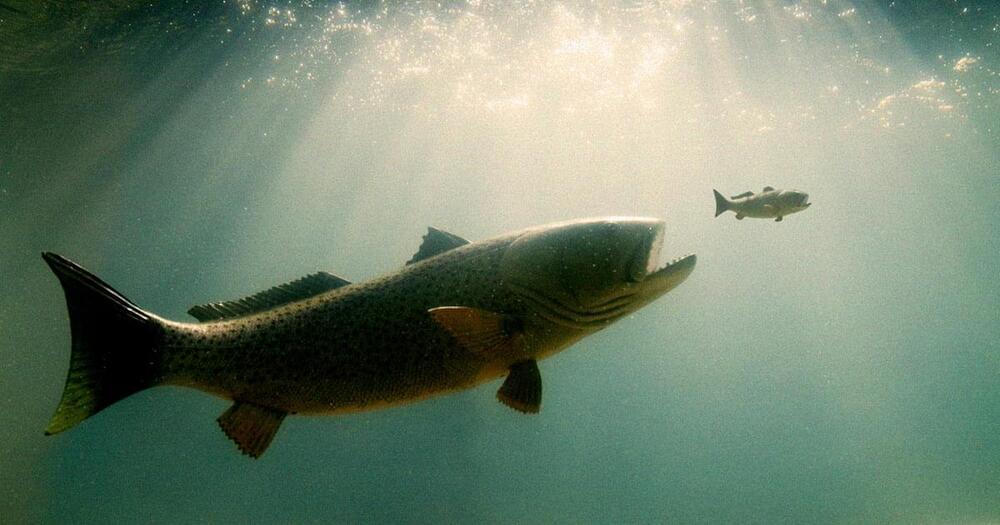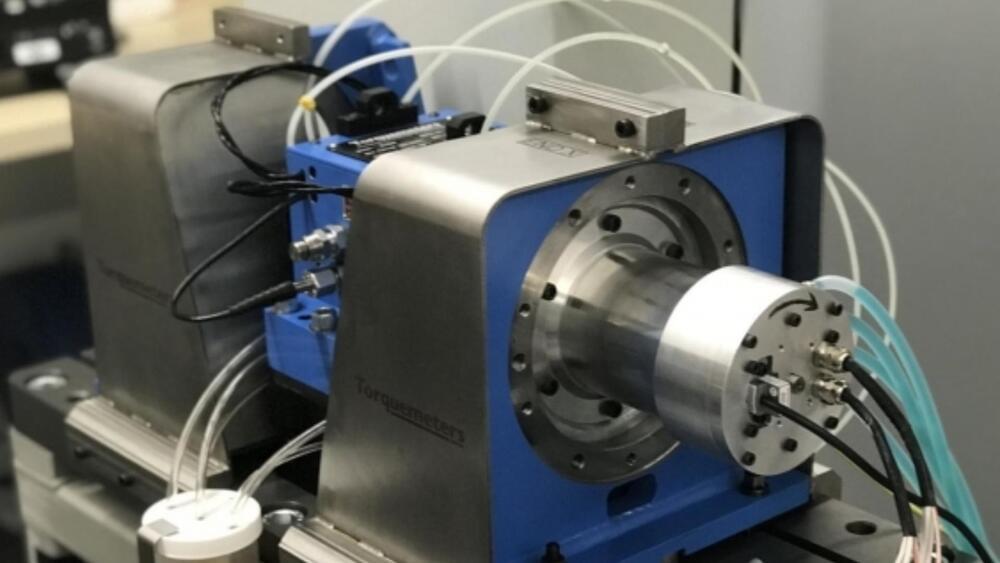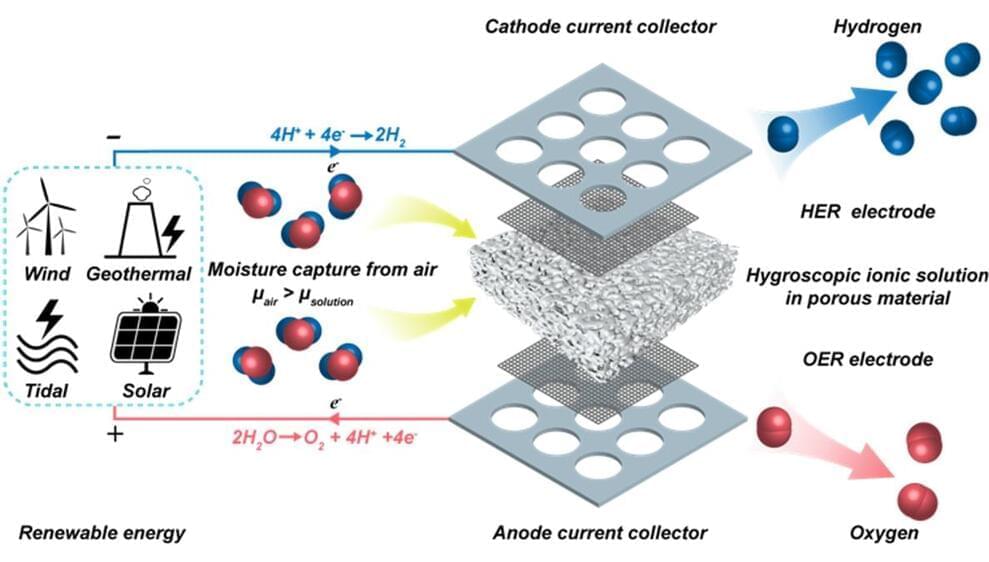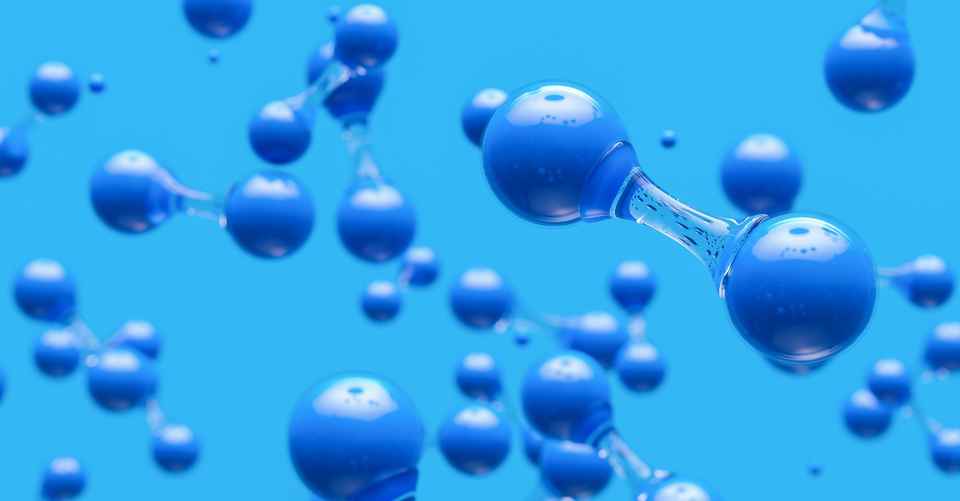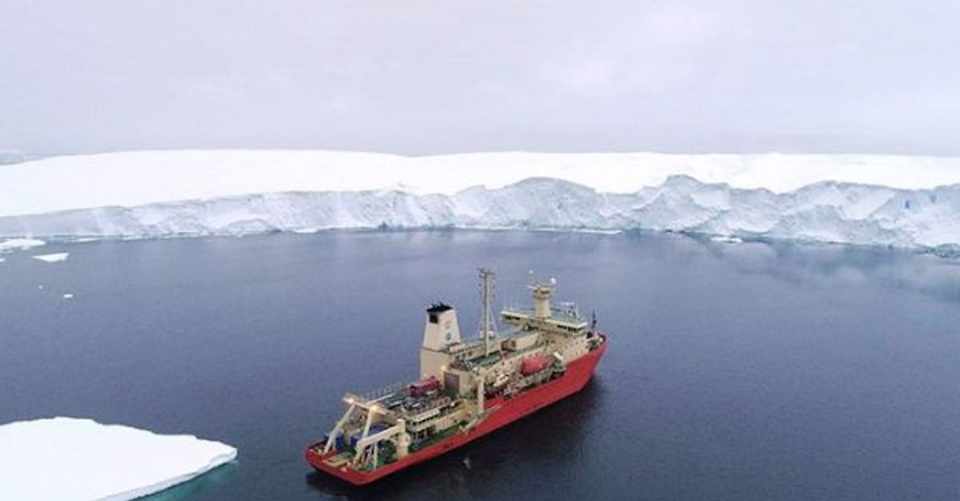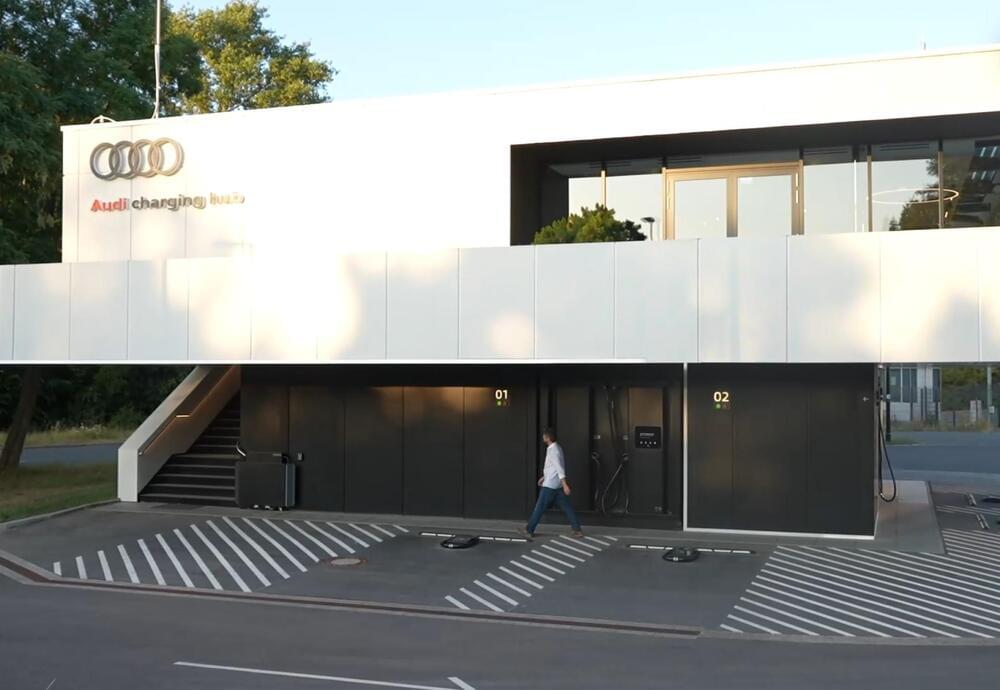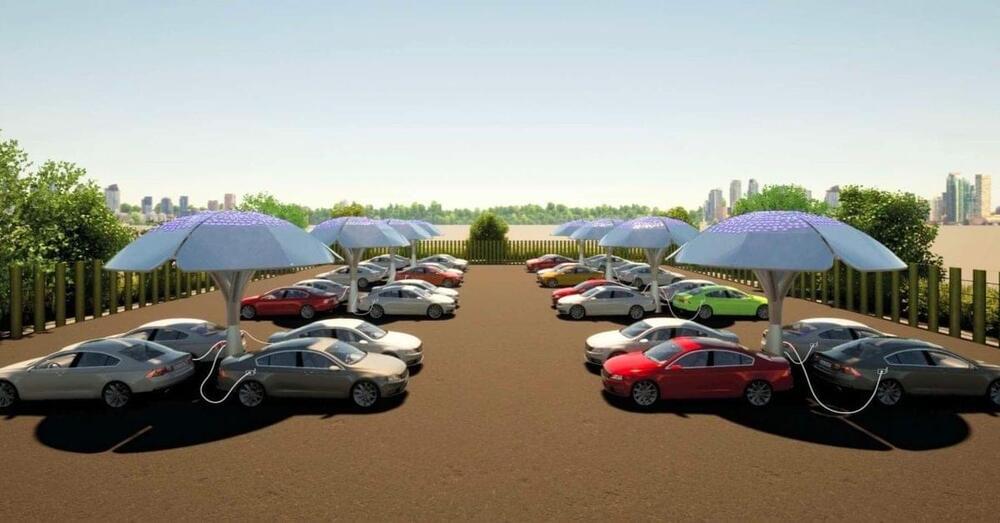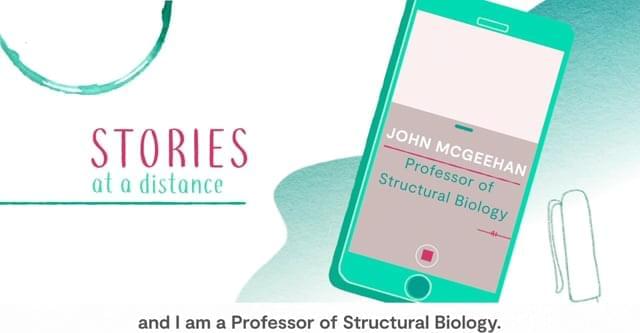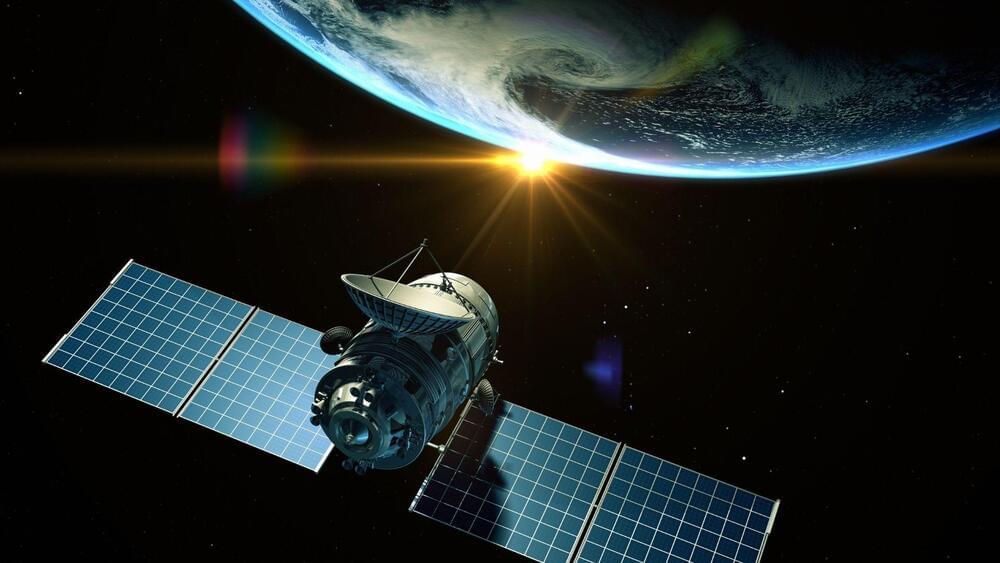Sep 15, 2022
The Entire Food Chain Has Started Collapsing, Scientists Warn
Posted by Kelvin Dafiaghor in categories: food, robotics/AI, sustainability
According to 130,000 years’ worth of data on what mammals have been eating, we’re in the midst of a mass biodiversity crisis. Not great!
This revelation was borne of a new study, conducted by an international team of researchers and published in the journal Science, that used machine learning to paint a detailed past — and harrowing future — of what happens to food webs when land mammals go extinct. Spoiler alert: it’s pretty grim stuff.
“While about 6 percent of land mammals have gone extinct in that time, we estimate that more than 50 percent of mammal food web links have disappeared,” Evan Fricke, ecologist and lead author of the study, said in a press release. “And the mammals most likely to decline, both in the past and now, are key for mammal food web complexity.”
